When people think of France, Paris usually comes to mind first. But outside the Eiffel Tower and the city lights, the rest of the country offers so much to travelers. The South of France, Provence, and towns with Roman ruins or medieval castles can completely change the way you see this country. If you are planning a trip, or even if you’re already there and looking for ways to maximize your time, this guide will walk you through some of the most unique places I explored. Think of this as a flexible plan that you can save and use while on the road.
Menton: A Seaside Escape
If you’re dreaming of a charming seaside village in the South of France, Menton should be on your list. It sits close to the border with Italy, which means you can feel a mix of French and Italian influences in its food and culture. What makes Menton special is its slower pace compared to nearby Nice or Monaco.
The old town is colorful, with pastel houses stacked along the hillside, and the waterfront is lined with pebble beaches perfect for a calm afternoon. Spend time wandering the old streets, stop at a café for a coffee or fresh seafood, and don’t miss the gardens. Menton is known for its lemon festival, so if you visit in February, you might catch this lively event. Even if you are not there during the festival, you’ll still see lemon trees around the town, a detail that adds to its charm. If you want a quick resource to learn more about Menton and nearby French Riviera towns, check France.fr’s official travel guide.
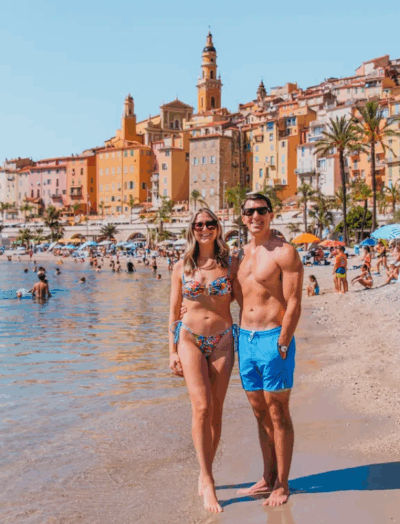
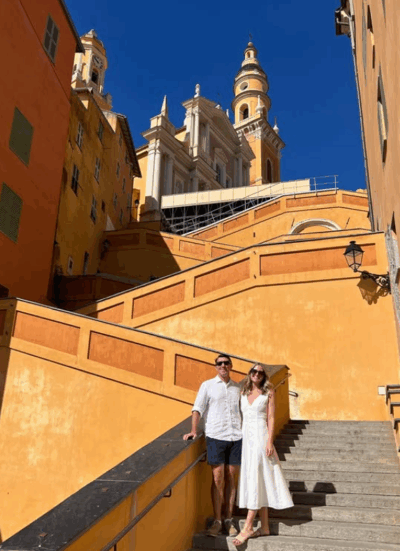
Valensole and the Lavender Fields
The lavender fields of Provence, especially around Valensole, are one of the most photographed spots in France. If you’ve seen photos on Instagram of endless rows of purple flowers, chances are they were taken here. While some travelers find the hype bigger than the experience, the truth is that the fields are still worth visiting if you plan it right.
The best time to go is in July, when the lavender is in full bloom. You’ll want to arrive early in the morning or around sunset to avoid the heat and the large crowds of photographers. Walking among the fields is free, but be respectful of the farmers’ land and don’t trample the plants. Even if you don’t stay long, you’ll get some great photos and memories. Pair this stop with a visit to a nearby village for lunch, and you’ll have a perfect day trip.

Nîmes: Roman History in France
Nîmes is often called the French Rome, and for good reason. This city is filled with some of the best-preserved Roman monuments outside of Italy. If you love history, Nîmes is a place where you can easily spend a full day.
Start with the Arena of Nîmes, an ancient Roman amphitheater that still hosts concerts and events today. Walking through it gives you a glimpse of what gladiator fights once looked like. Then make your way to Maison Carrée, a Roman temple built around 2,000 years ago. It is one of the best-preserved temples from the ancient world, and standing in front of it feels almost unreal. If you have extra time, don’t skip the Pont du Gard, a three-level Roman aqueduct not far from the city. It’s massive, and walking along it or even swimming in the river below is an experience you won’t forget. For more details on Roman heritage sites in France, you can check resources from UNESCO.

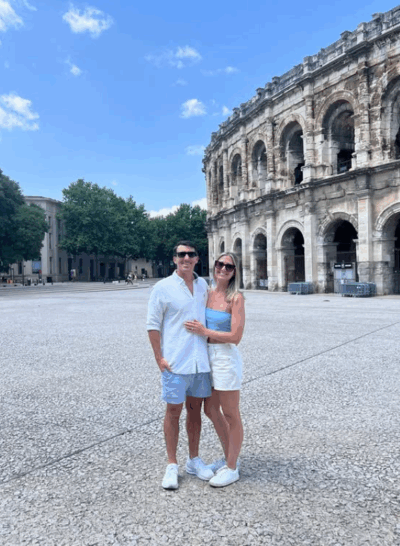
Gorges du Verdon: France’s Grand Canyon
The Gorges du Verdon is one of the most stunning natural wonders in France. Often called the French Grand Canyon, this gorge has turquoise waters winding between dramatic cliffs. If you enjoy the outdoors, this is a place you will want to include in your itinerary.
You can explore the gorge in different ways. Many people rent kayaks, paddleboards, or small boats to glide through the water. If you want something more relaxed, you can swim at the lake near the entrance of the gorge. Just keep in mind that the farther you go upstream, the colder the water gets. It might feel refreshing on a hot day, but be prepared for a shock if you jump into the deeper areas. Hiking trails are also available, offering spectacular views from above. If you’re planning to stay overnight, book a local guesthouse early since this area is popular in summer.
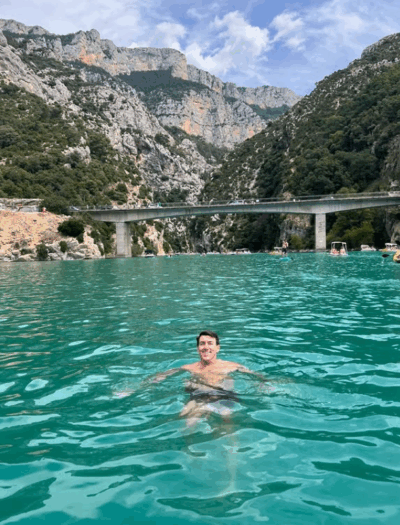
Villeneuve-lès-Avignon: A Castle and a Game Connection
Not far from Avignon, you’ll find Villeneuve-lès-Avignon, another town that carries a strong medieval atmosphere. What makes it fun to visit, especially for gamers, is how much it can remind you of castles from Age of Empires II. If you grew up playing the game, walking through Villeneuve’s fortress walls and towers might feel oddly familiar.
The main attraction here is Fort Saint-André, a massive medieval fortress overlooking the Rhône River. The fort itself is impressive, but what makes the visit special are the panoramic views you get of Avignon and the surrounding countryside. Spend some time walking around the small town afterward, where you’ll find quiet cafés and small shops. Compared to Avignon, Villeneuve feels less crowded, which makes it a great spot for a slower-paced afternoon.

Making the Most of a South of France Road Trip
All of these places—Avignon, Menton, Valensole, Nîmes, Gorges du Verdon, and Villeneuve-lès-Avignon—fit perfectly into a road trip around the South of France. If you’re starting from Nice and heading west toward Barcelona, you can structure your trip in stages.
Begin with Menton for a seaside stop, then drive inland toward Valensole and the lavender fields. From there, Nîmes makes an ideal stop to dive into Roman history, while Gorges du Verdon adds an outdoor adventure. End with Avignon and Villeneuve-lès-Avignon to wrap up your trip with castles and medieval charm.
Driving is the best way to connect these destinations, but if you don’t plan to rent a car, trains and buses are available between major towns. Always check the schedules in advance, since smaller villages may have fewer connections. A helpful resource for planning routes is SNCF Connect, France’s national railway service.
If you want more detailed guides and personal tips on planning a South of France trip, you can check our blog here for extra inspiration.
Final Thoughts
Traveling through the South of France is about balance. Some places, like Valensole’s lavender fields, are better for quick visits, while others, like Nîmes or Avignon, deserve at least a full day. Mixing seaside towns, historical sites, and natural landscapes keeps the journey exciting and varied. What makes this region special is that you can experience so many sides of France in just a few days, Roman history, medieval castles, charming villages, and breathtaking landscapes.
The best advice is to plan your days but stay flexible. Sometimes the most memorable moments come from sitting at a café in a small town or stumbling upon a hidden viewpoint. Use this guide as a base, adjust it depending on how much time you have, and enjoy the variety that France has to offer beyond Paris.
As always, my thoughts and opinions are my own.
Angie xoxo
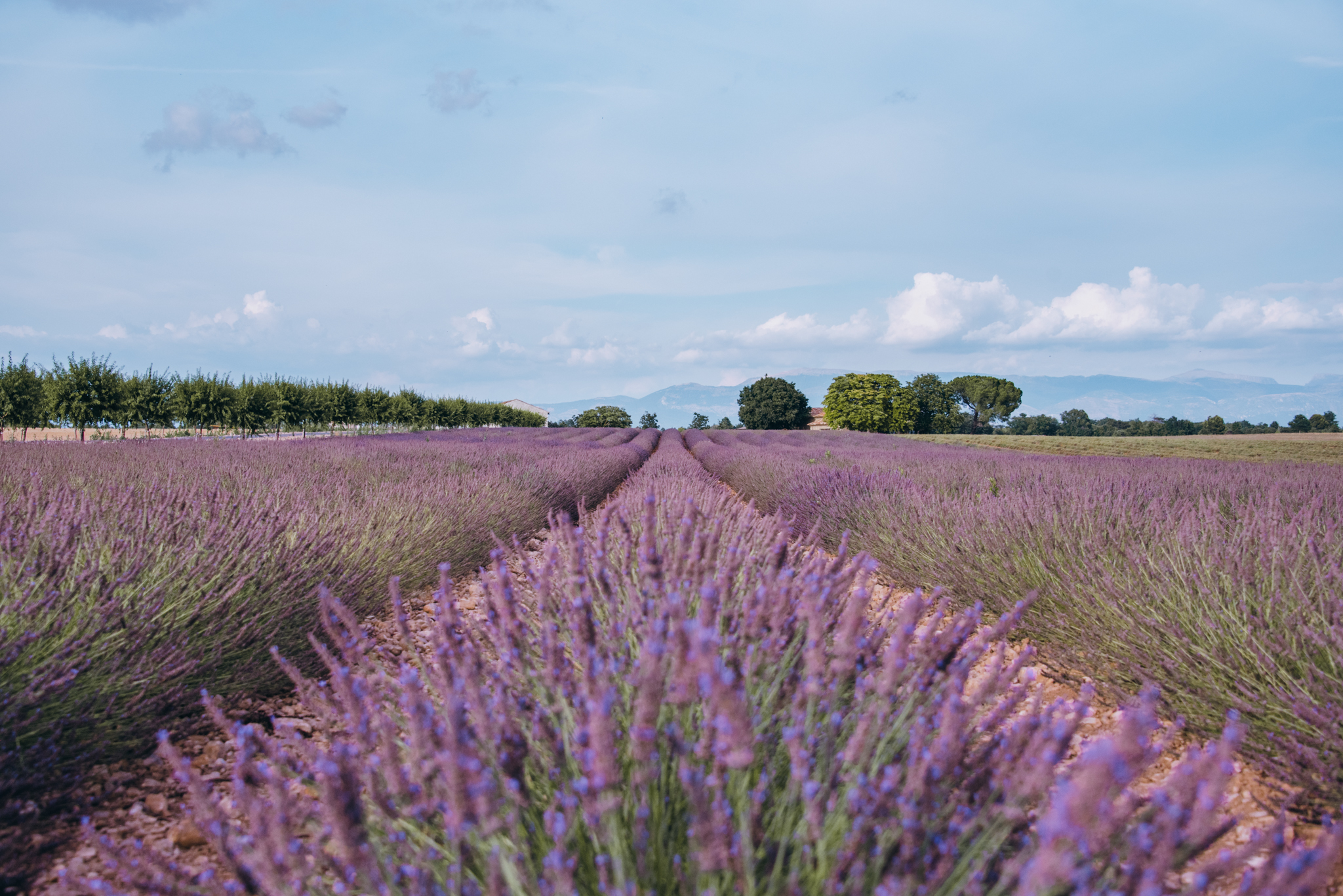
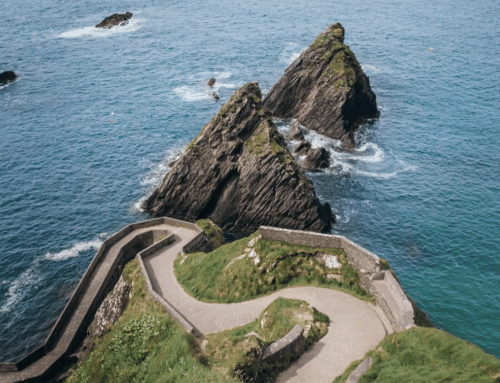
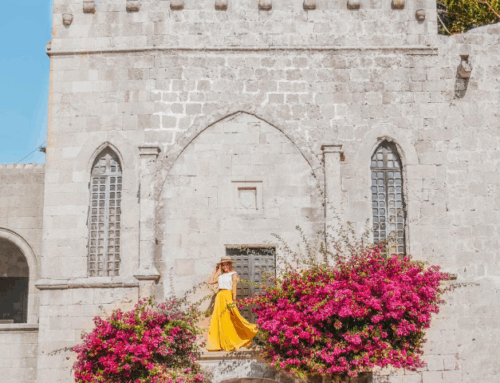


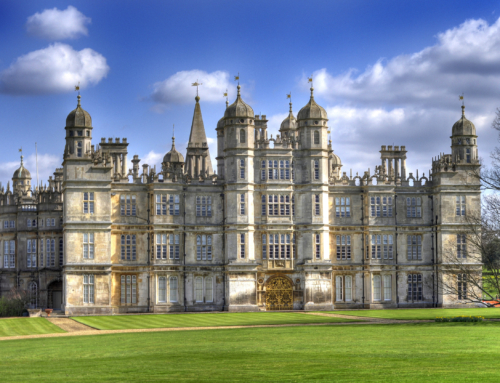
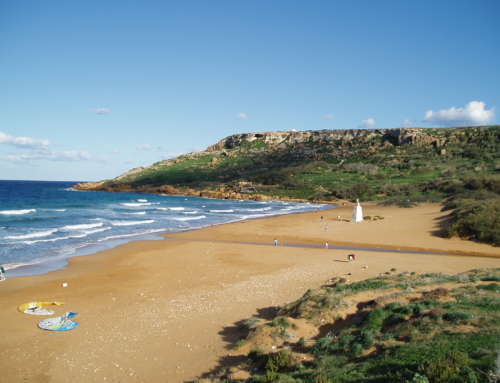
Leave A Comment